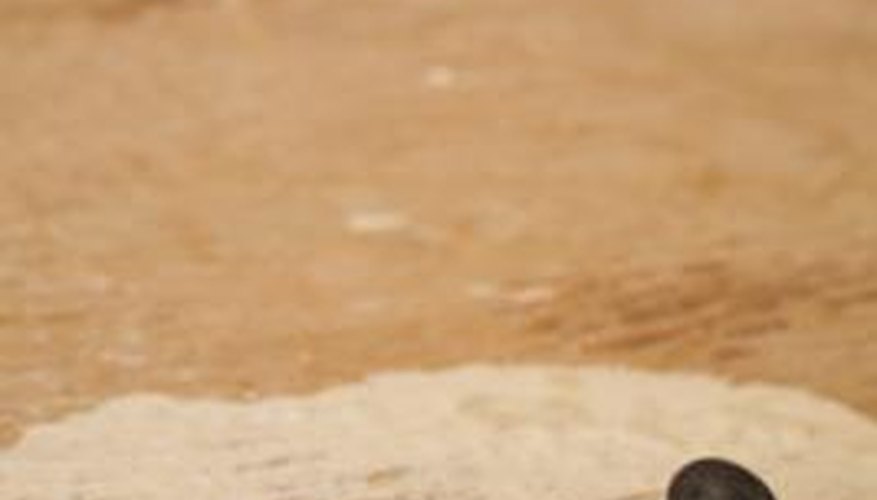Marine plywood is a type of wood specifically formulated for use in moist or wet areas. This plywood is formulated to resist water and moisture on its own. However, usually the materials in the wood are not enough to block all moisture from the wood. It is almost always necessary to coat the marine plywood in additional sealer to block all moisture from the pores of the wood.
- Marine plywood is a type of wood specifically formulated for use in moist or wet areas.
- It is almost always necessary to coat the marine plywood in additional sealer to block all moisture from the pores of the wood.
Wipe the surface of the marine plywood with paper towels or a soft cloth dipped in acetone. This will remove any grease and other contaminates from the surface of the wood to prepare it for sealing. Allow the acetone to dry before continuing. This will take one or two hours.
Sand the marine plywood with sandpaper and a sanding block. Use a fine-grit sandpaper and sand the wood for several minutes to achieve a smooth surface. Wipe away any sawdust particles with a soft cloth.
Pour a small amount of epoxy moisture sealer into a paint basin. Only work with a small amount of sealer at a time, because it dries quickly.
Dip a foam roller into the sealer. Roll the brush against the side of the paint basin to remove most of the sealer from the roller.
- Sand the marine plywood with sandpaper and a sanding block.
- Roll the brush against the side of the paint basin to remove most of the sealer from the roller.
Roll the sealer across the surface of the marine plywood. Roll the paint onto a 60 cm by 60 cm (2 foot by 2 foot) area to ensure the sealer does not dry before you cover the area.
Press hard on the roller to cover the plywood with a thin coating of the sealer. Continue to work in small sections until the entire piece of plywood is covered in a thin coat.
- Roll the sealer across the surface of the marine plywood.
- Press hard on the roller to cover the plywood with a thin coating of the sealer.
Drag a foam tipping brush over the sealer while it is still wet to remove brush marks from the epoxy sealer. Drag the brush across the surface horizontally.
Allow the coat to dry for one to two hours. Follow with several additional thin coats. Tip each coat after applying. Drag the brush in a different direction each time. The second coat is tipped vertically, then the third is horizontal again. Apply about five thin coats of epoxy sealer.
